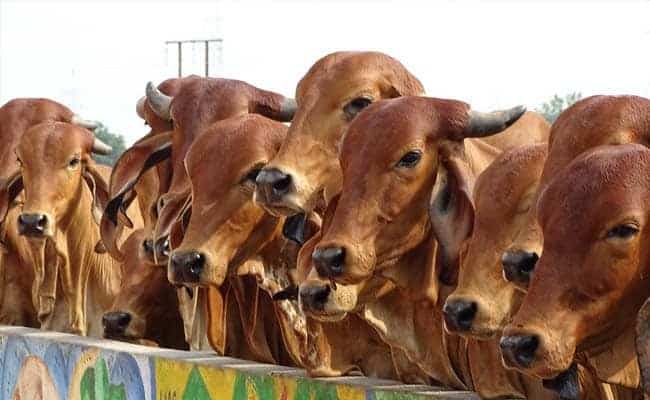
Signs of Good Health and Illness in Farm Animals
Farmers must observe their animals closely to make sure they are healthy. A sound management program to keep animals healthy is essential to the farming of all livestock. If the health of the herd is compromised, the operation will drop inefficiency. To recognize clinical signs of diseases that are common to livestock, it is important to be familiar with what is normal or healthy. Farmers should assess the herd or flock’s general health on a regular basis, including its vital signs, body condition and coat. As a farmer, you should be able to notice signs of ill health in your animal. You should be able to tell whether the animal is being fed well, and is being kept in an adequately clean and comfortable environment. You should also be able to identify when the animal is not getting enough nutrition from its diet, or when it has fallen prey to an illness or parasitic infection.
